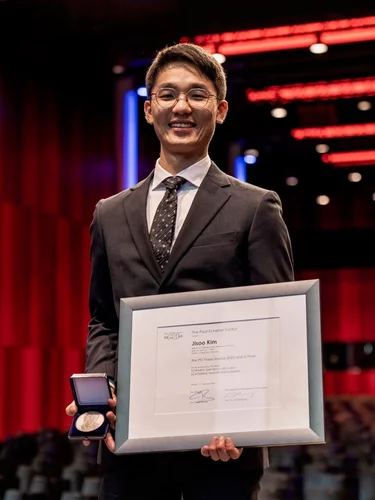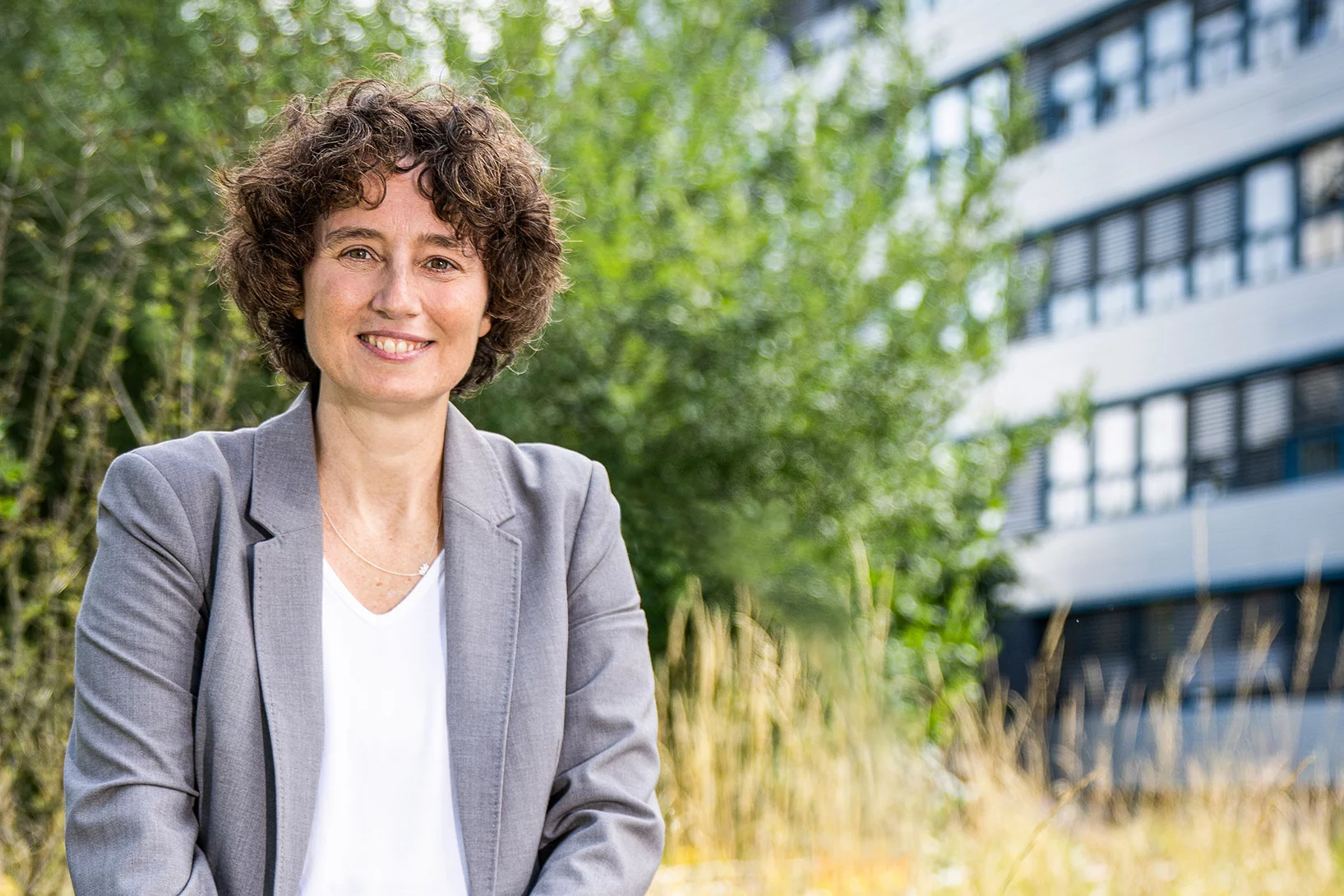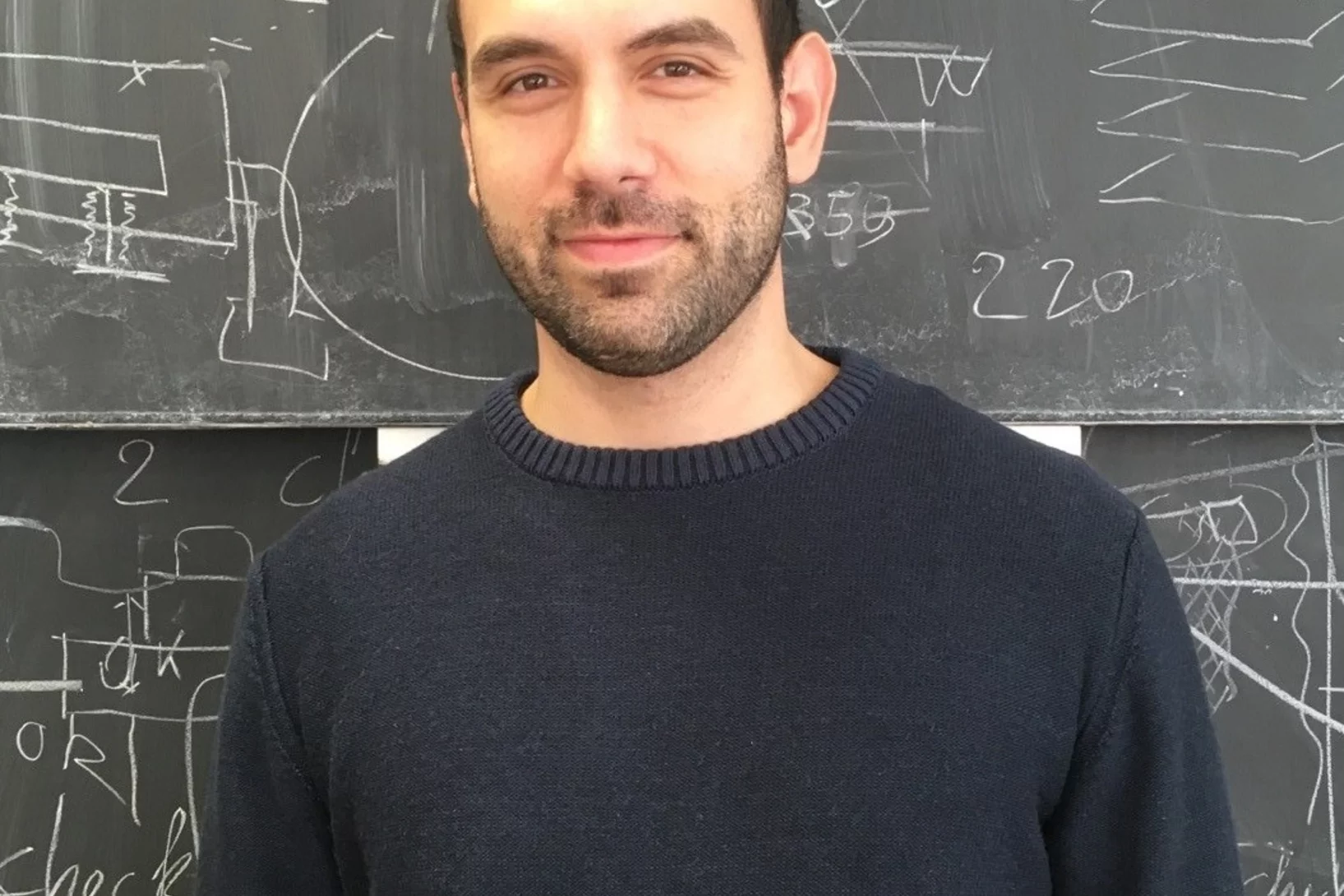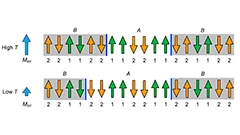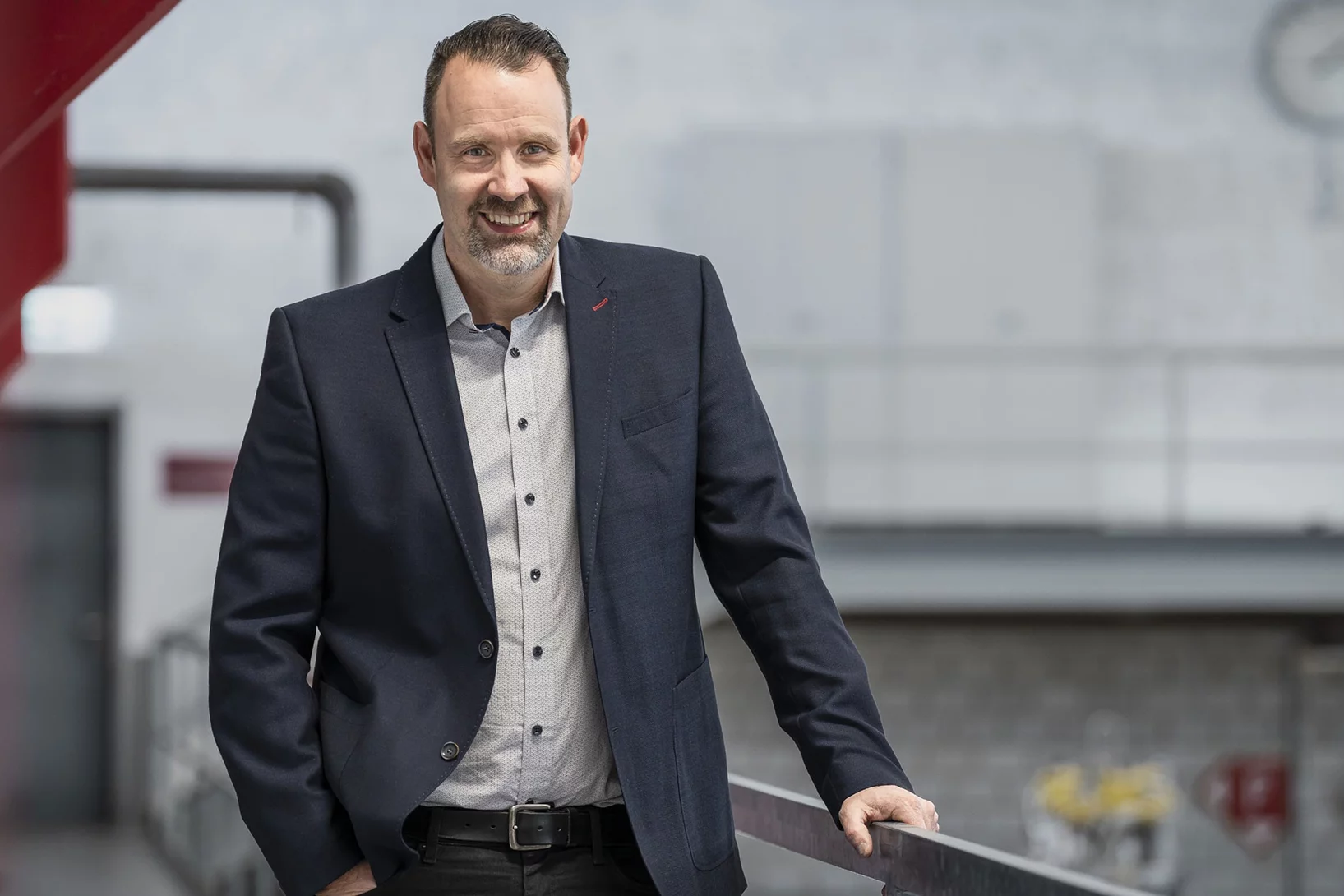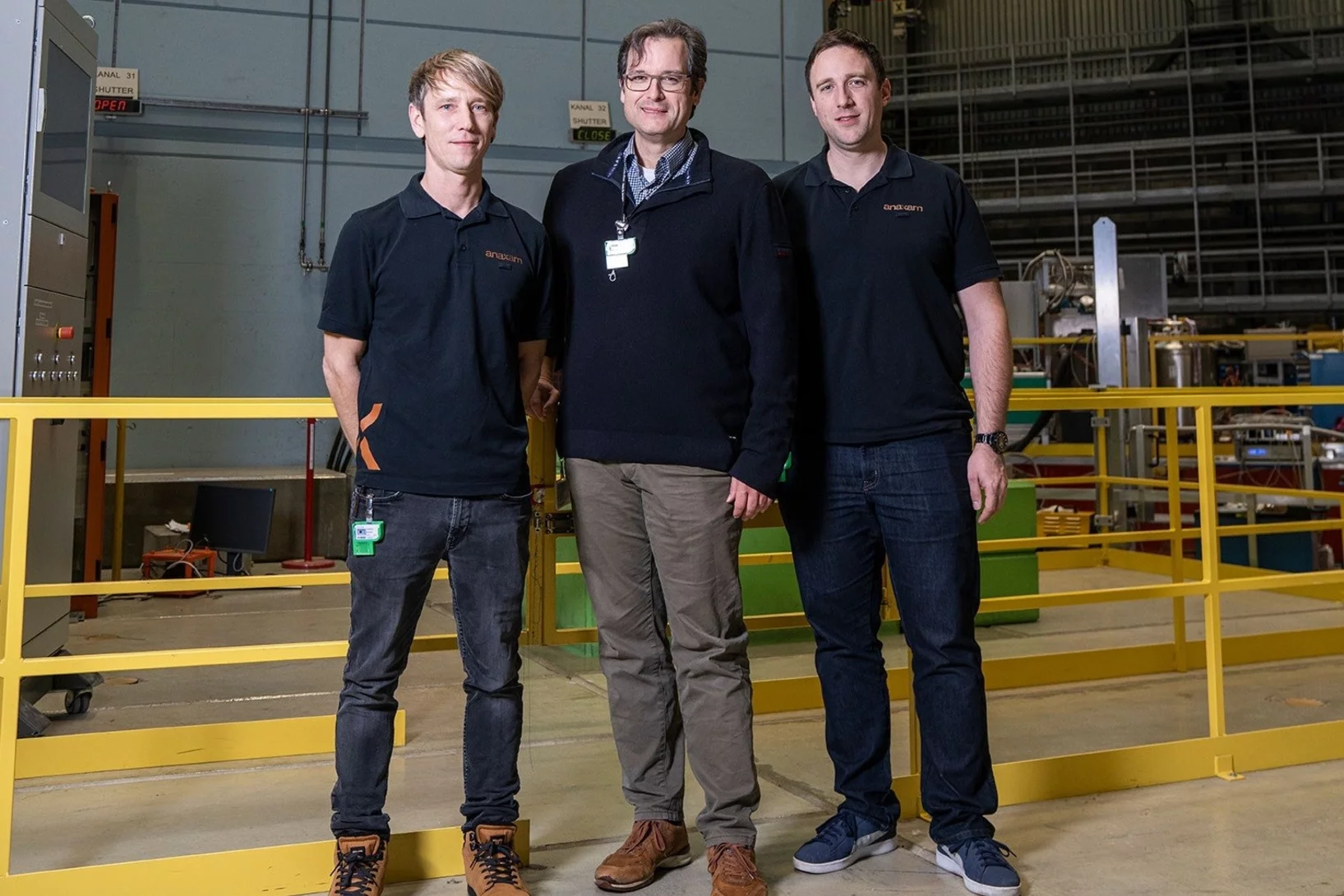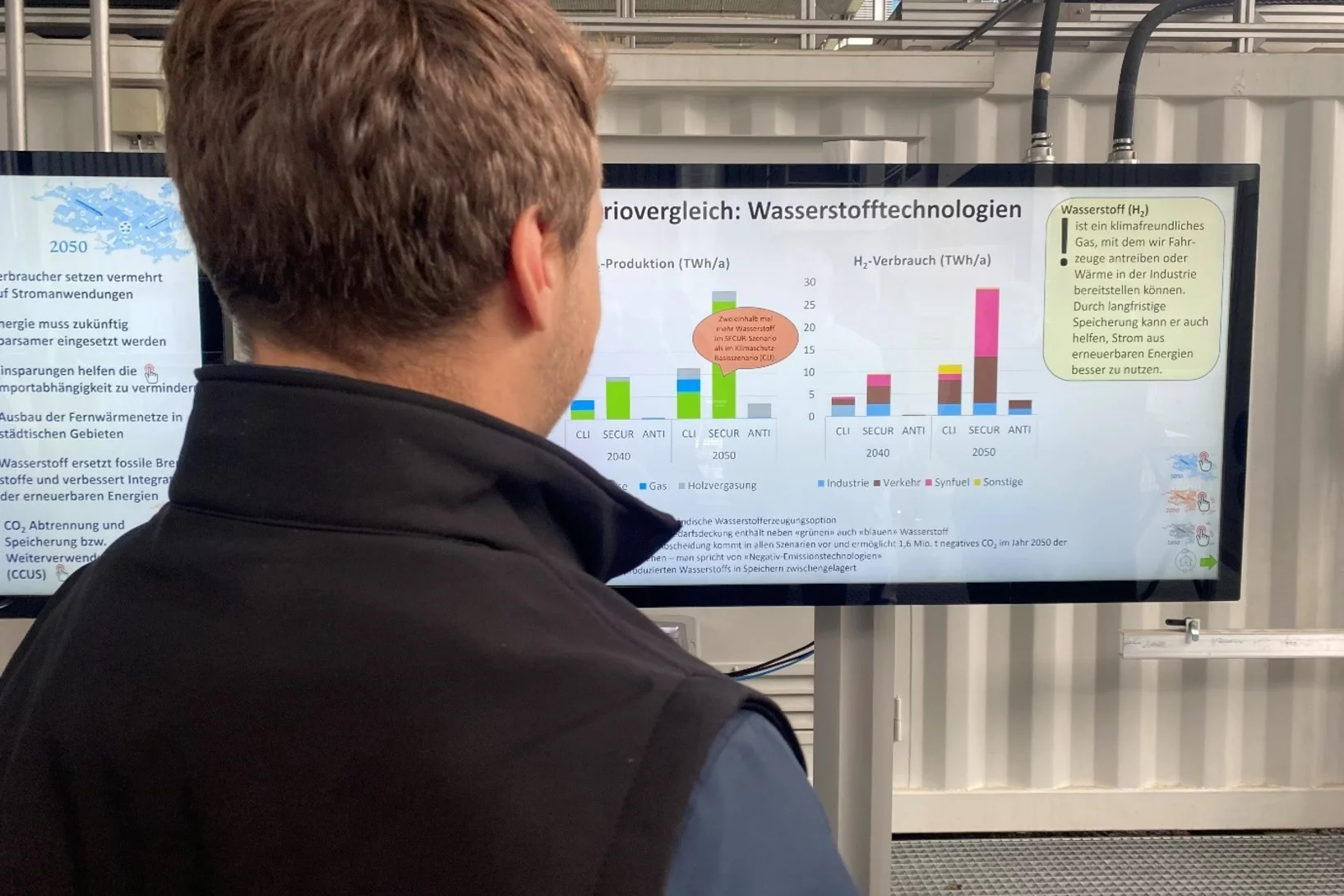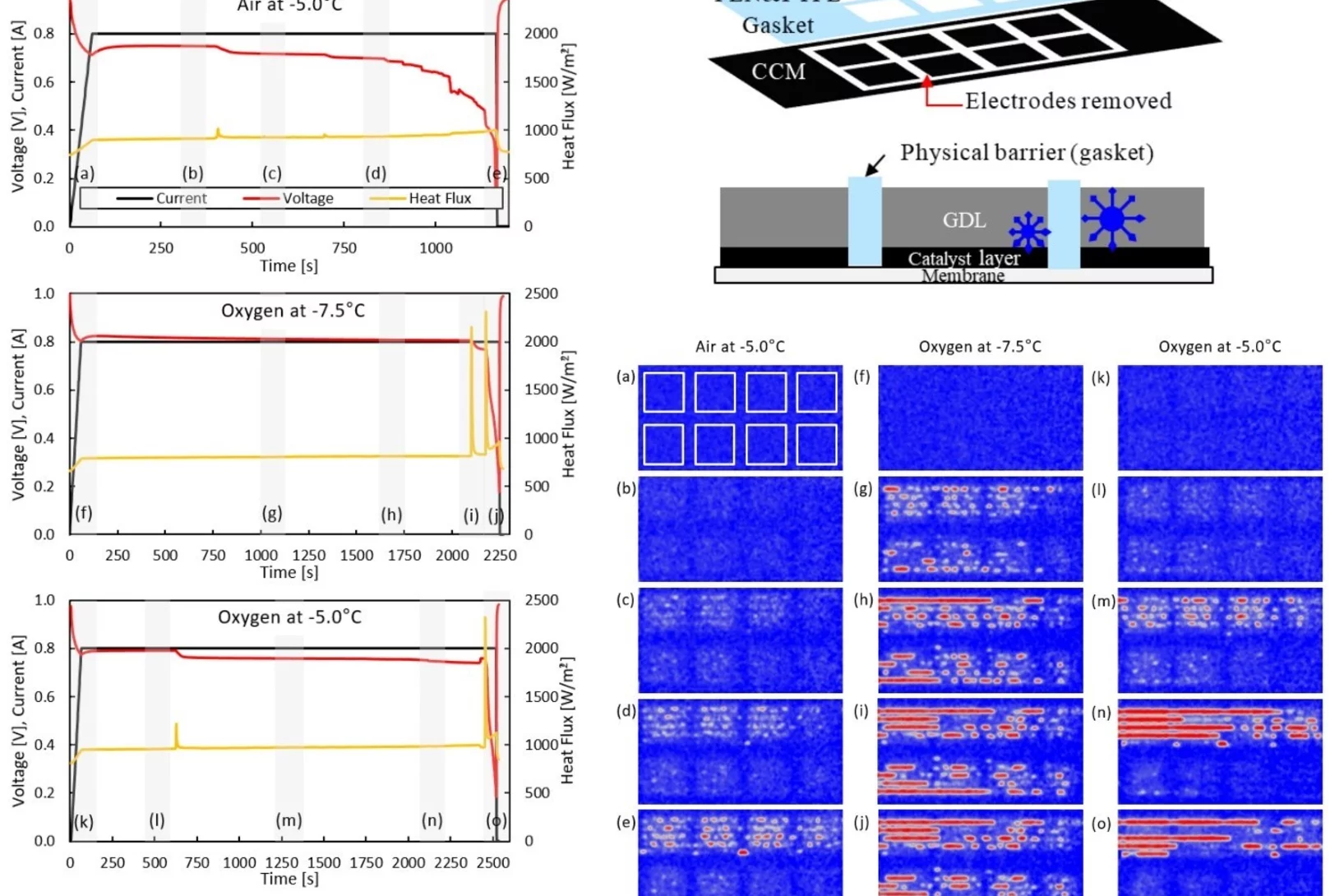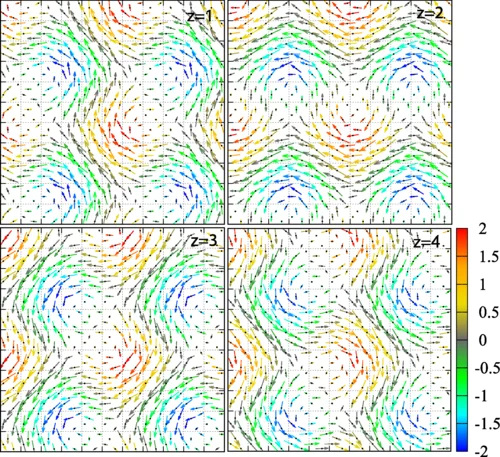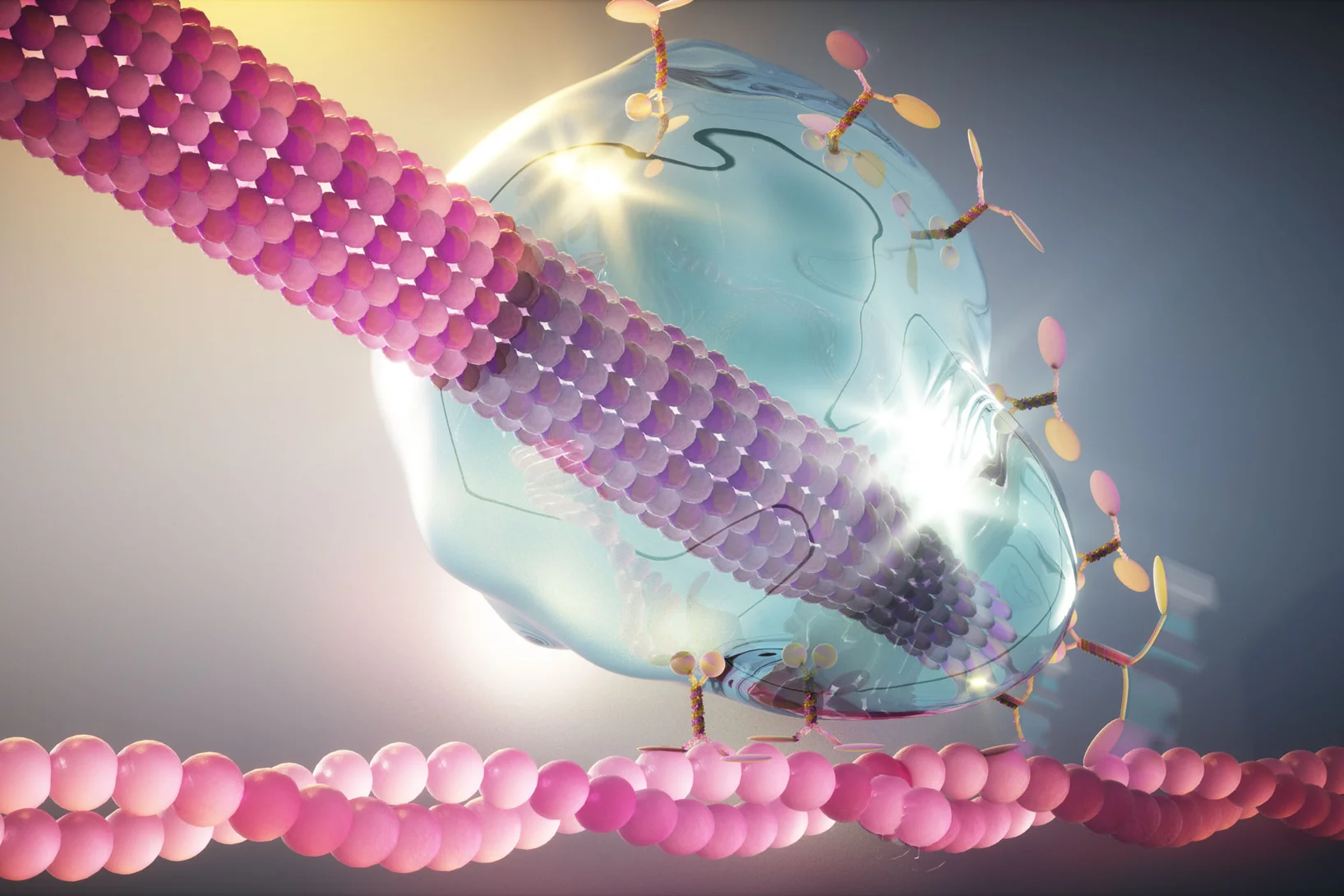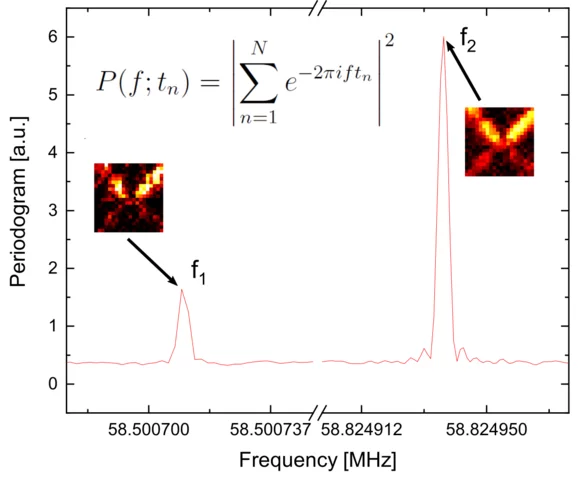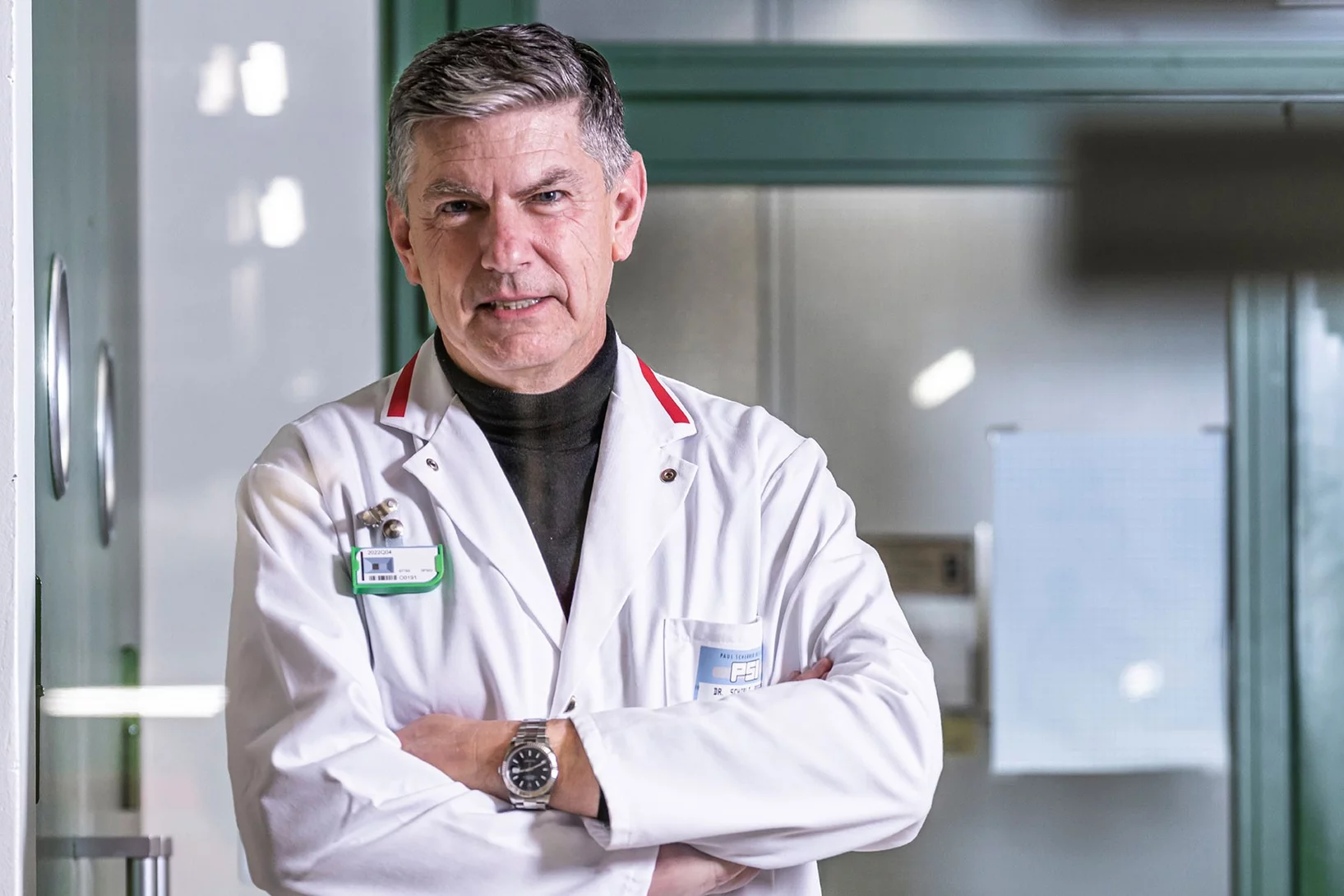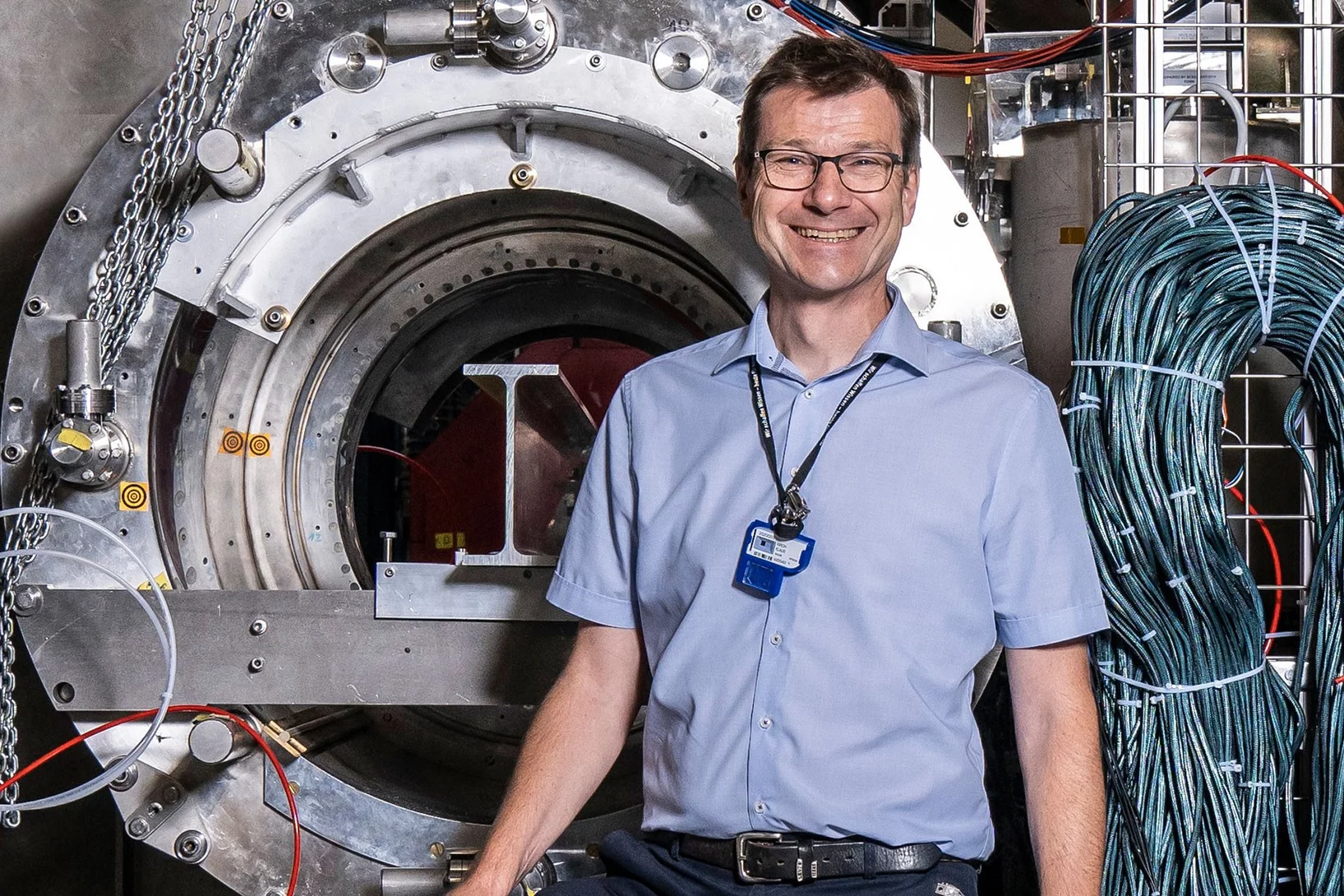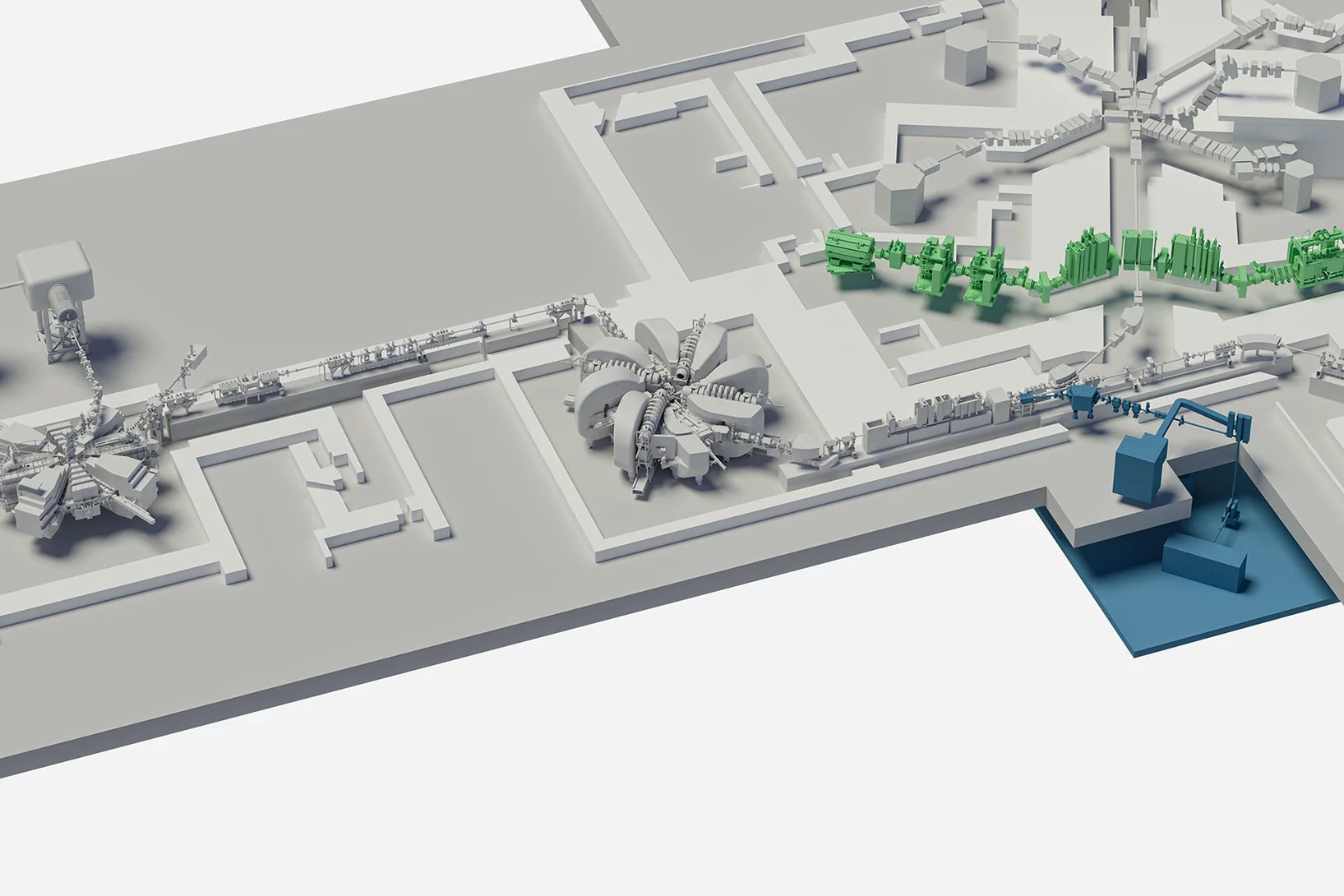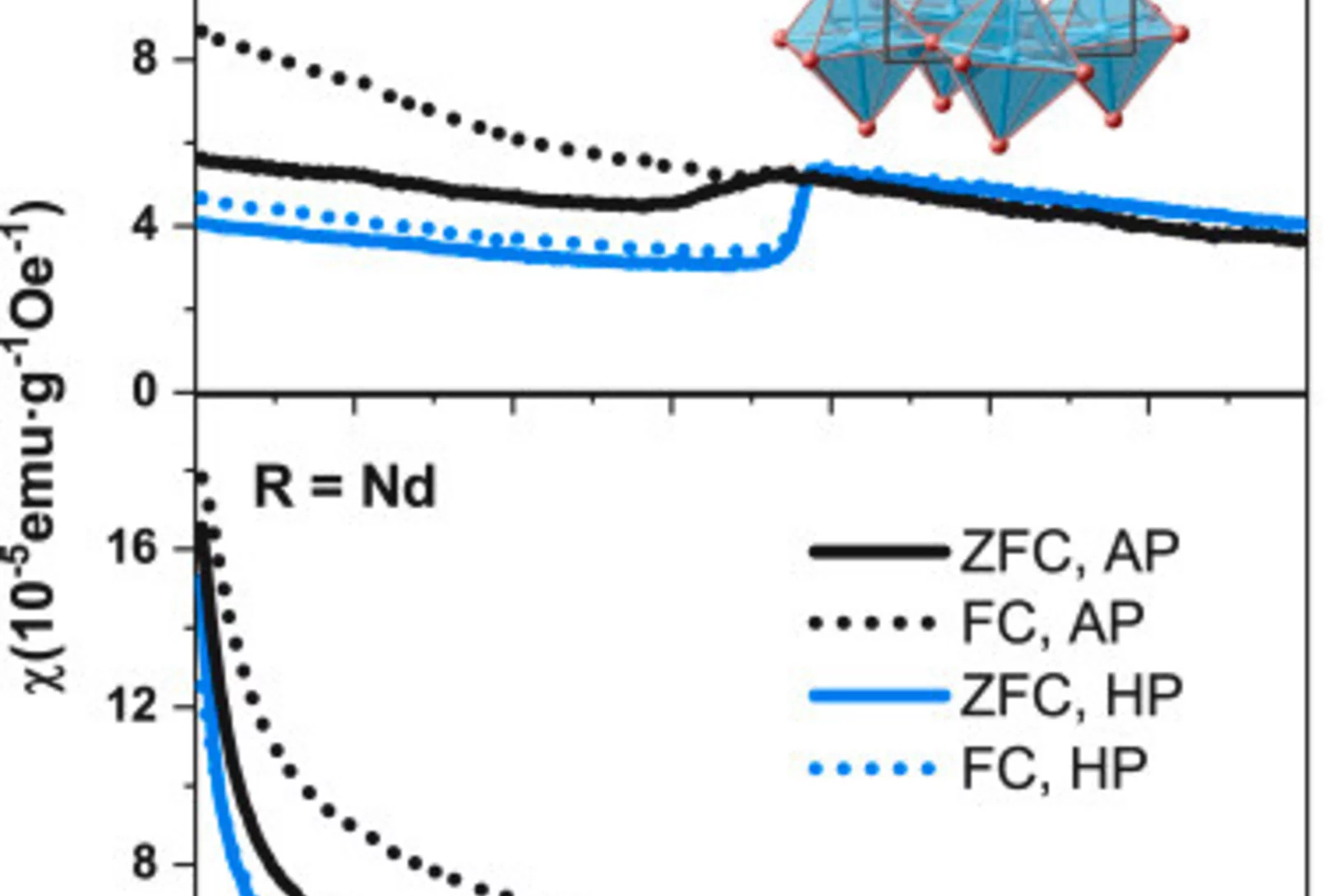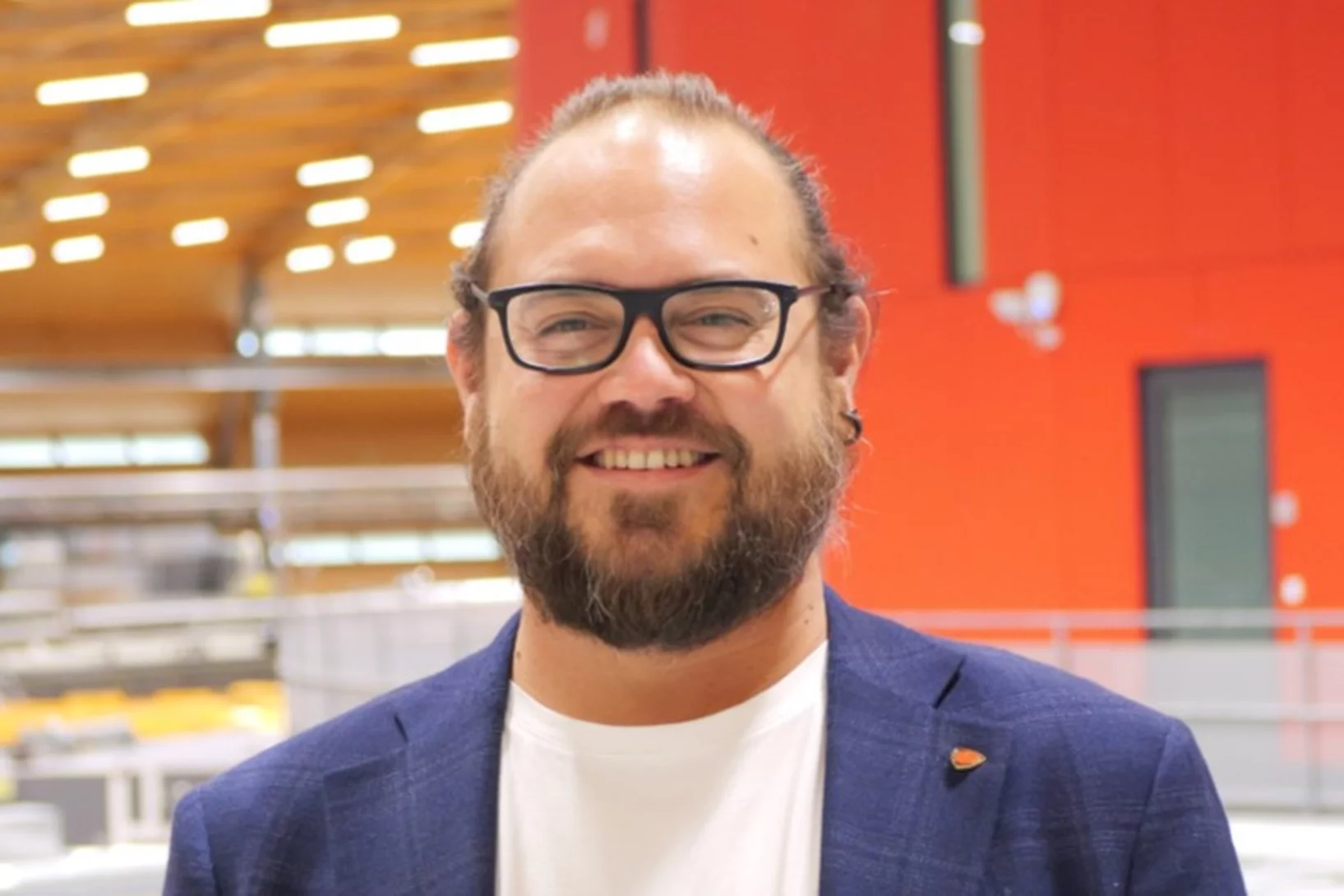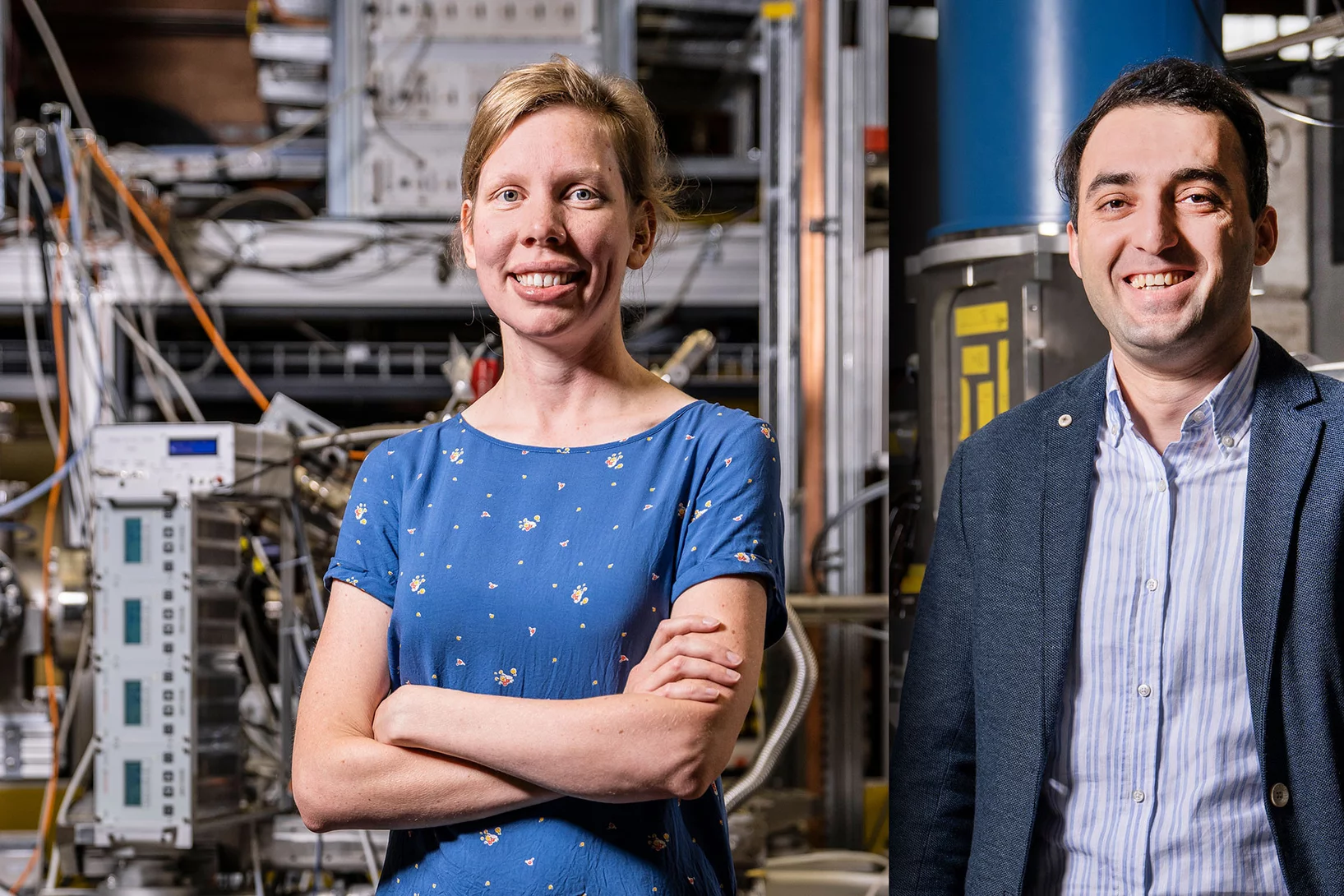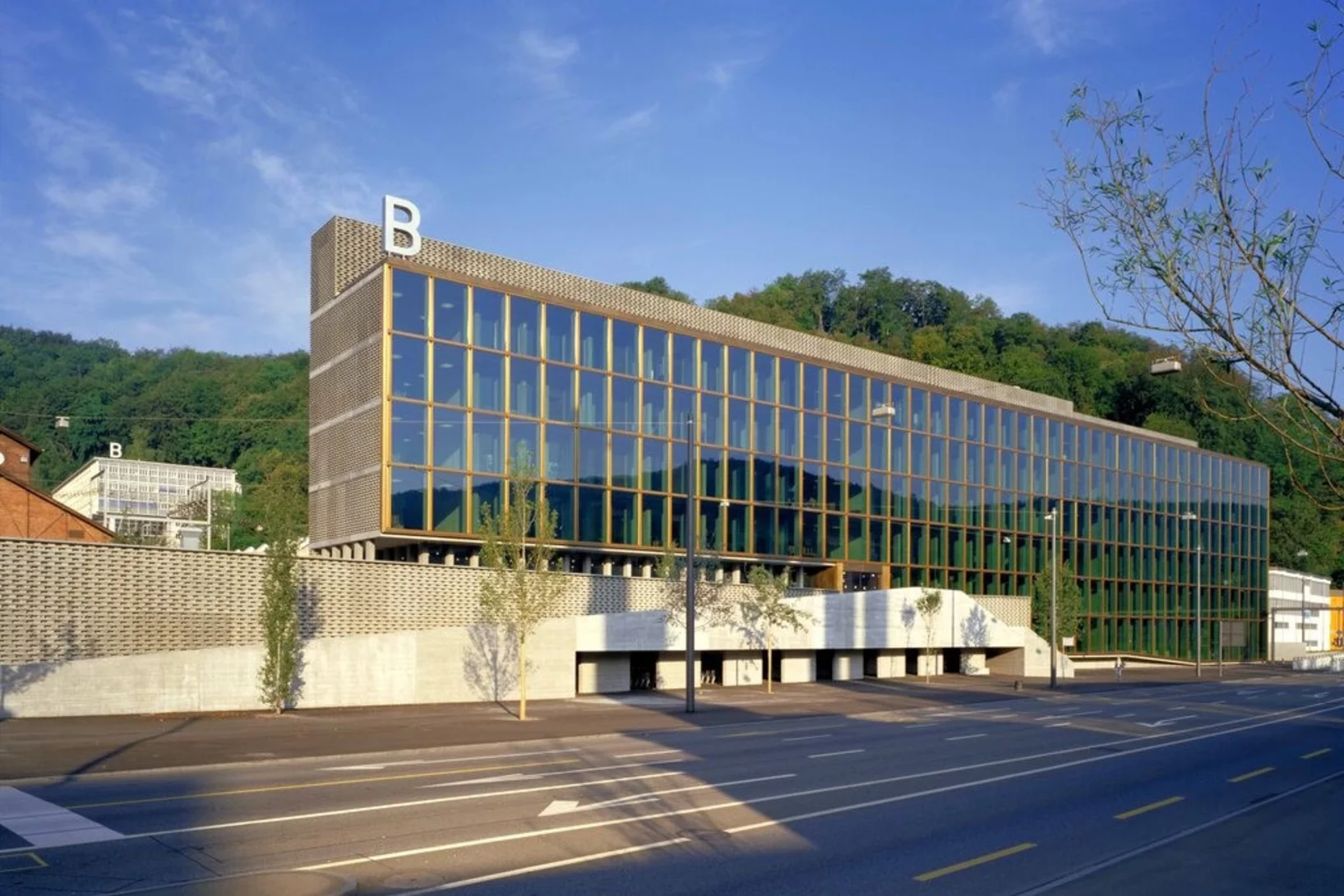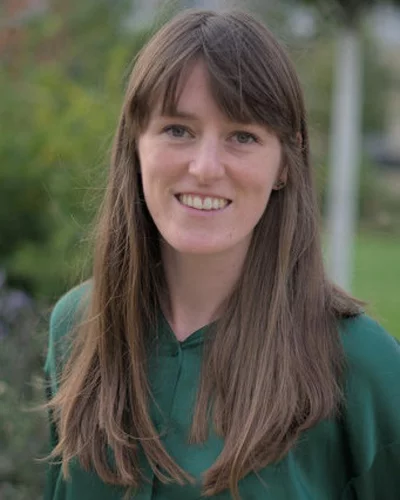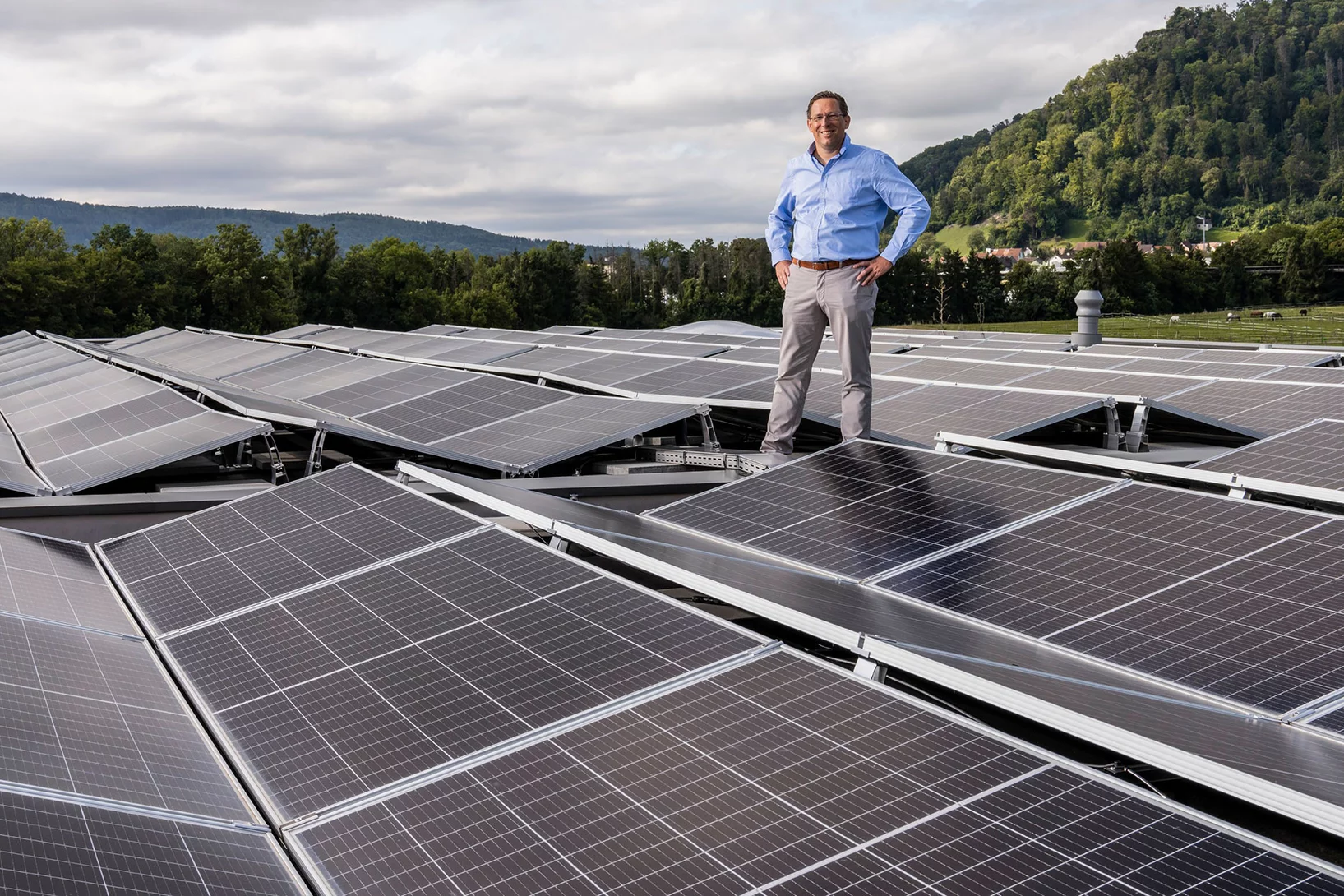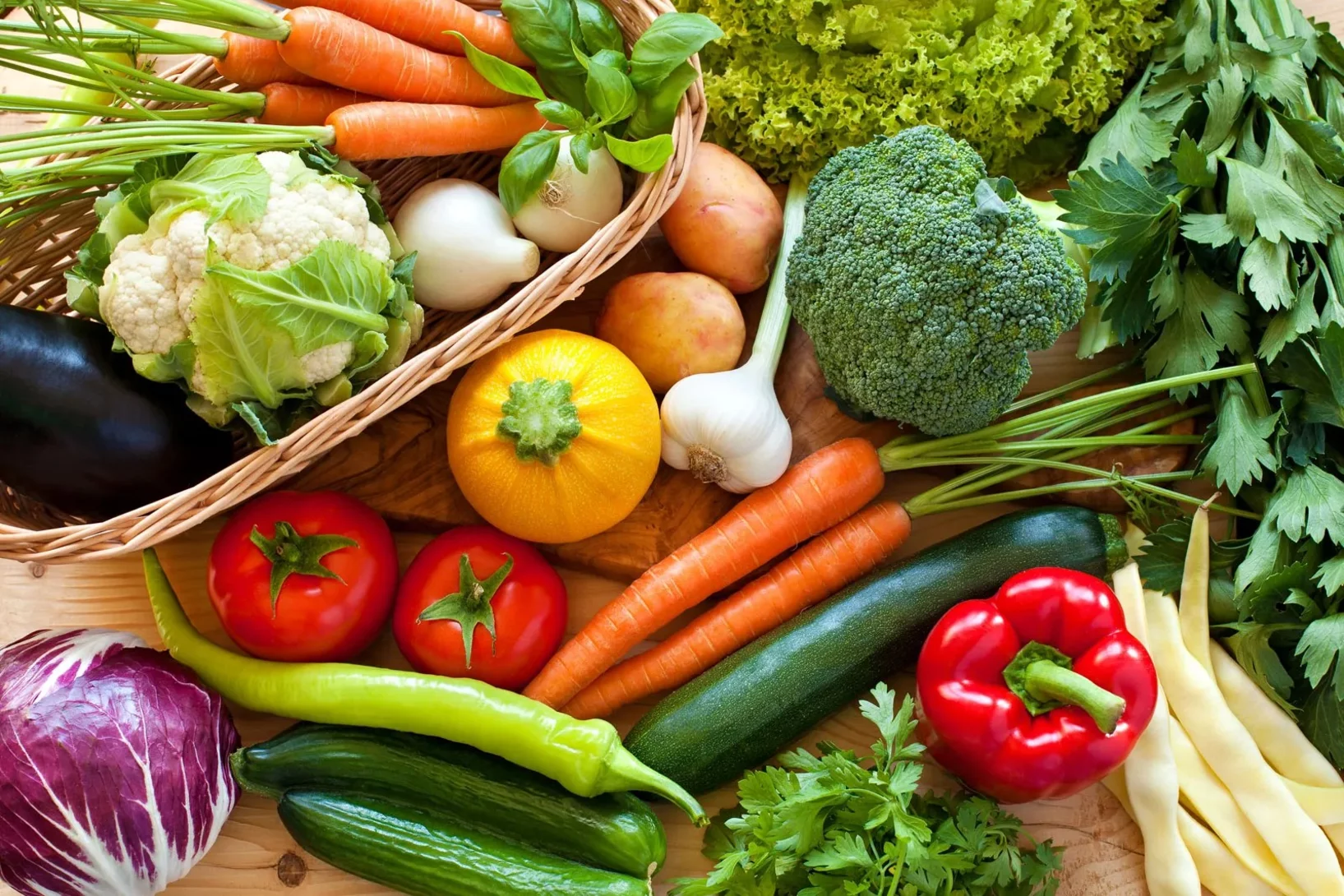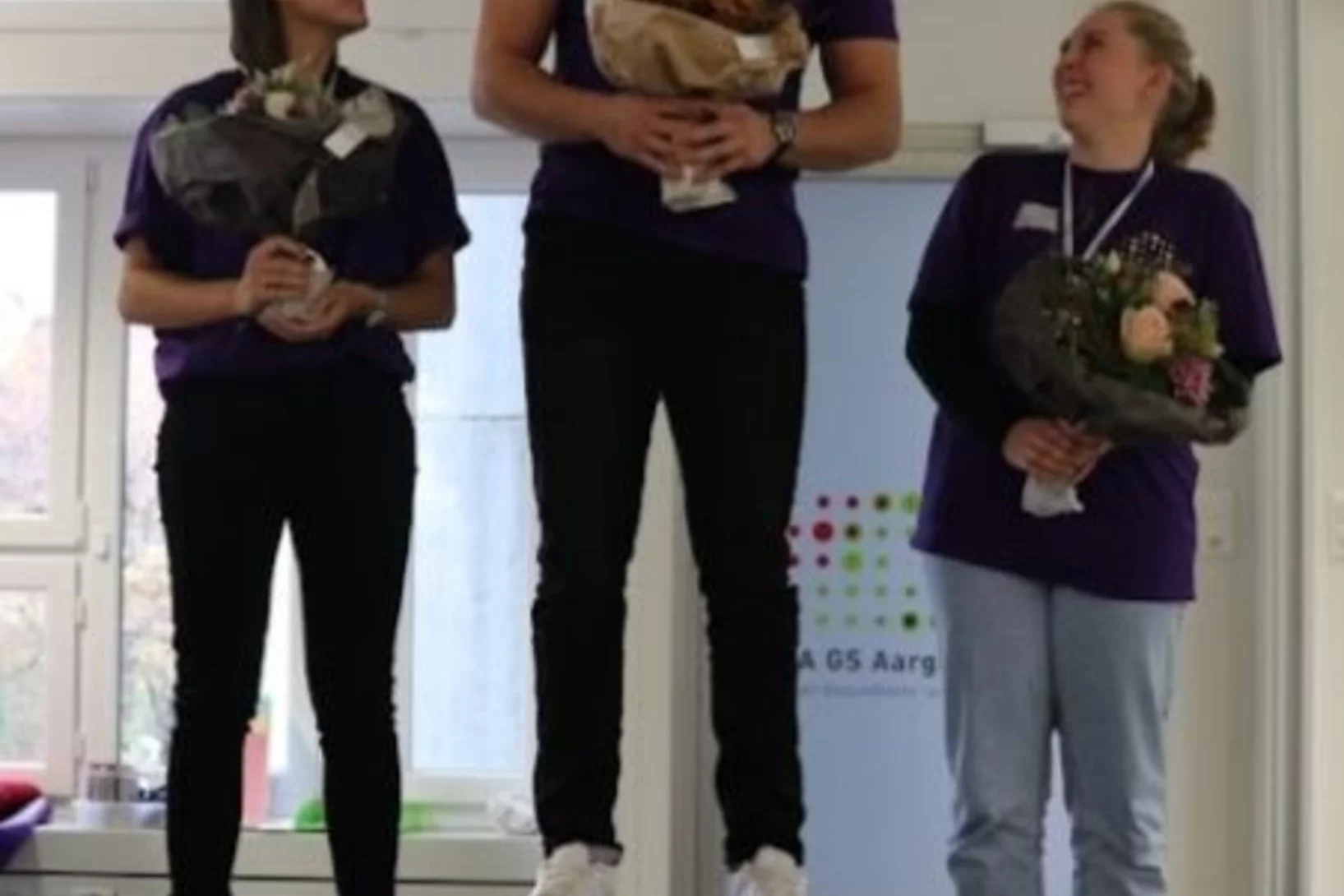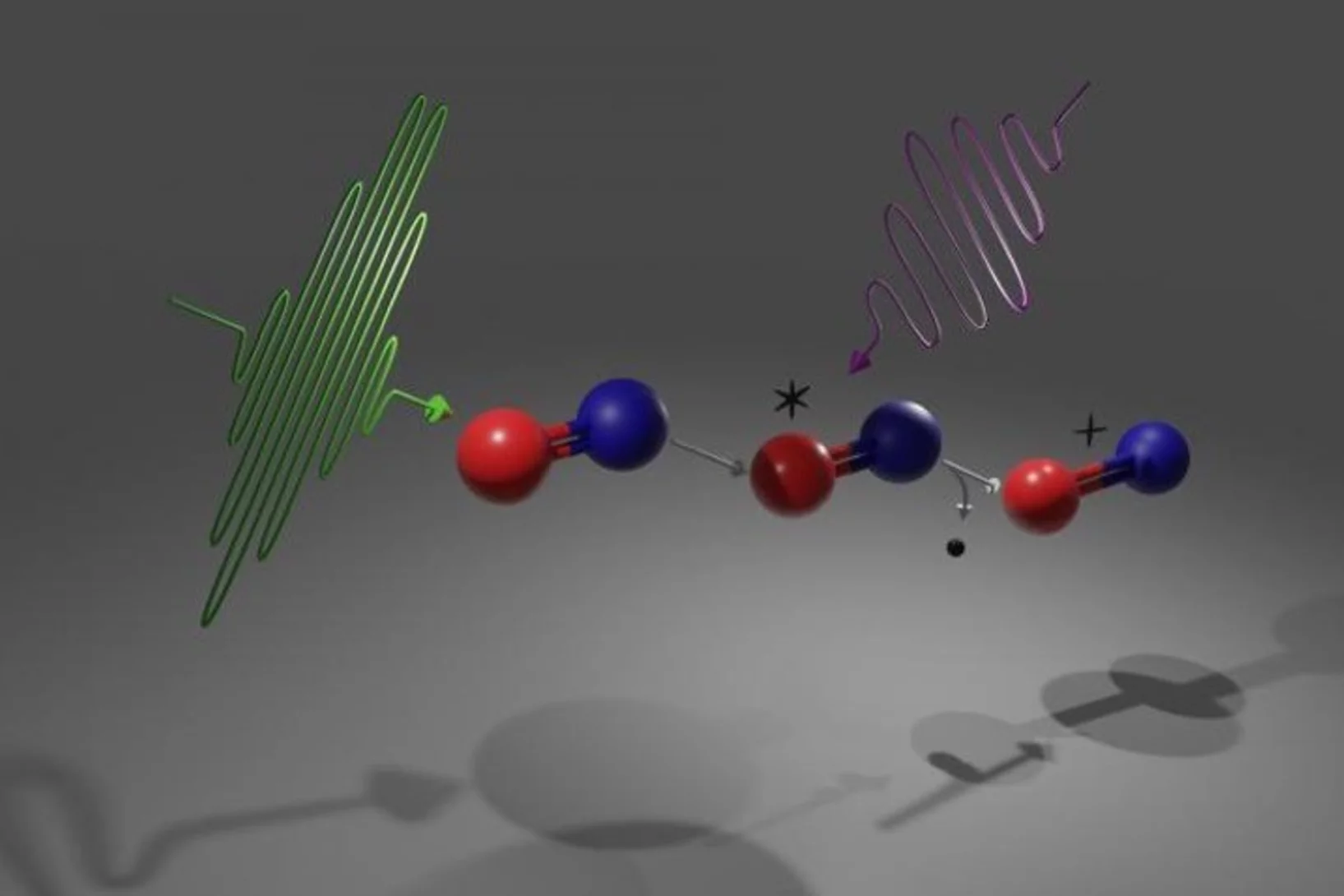Shifting away from nuclear energy, expanding solar and wind power, generating energy from biomass, reducing energy consumption. Switzerland is committed to becoming climate-neutral by 2050. An ambitious goal, which has become more urgent than ever due to the increasingly challenging geopolitical situation. How can a sustainable and resilient energy supply for Switzerland be established over the coming years? What's the optimal way to use renewable energy sources? What new technologies are especially promising? At PSI, researchers are seeking answers to these crucial questions.
Jisoo Kim receives PSI Thesis Medal 2023
Jisoo Kim receives the PSI Thesis Medal 2023. With this award, PSI recognises outstanding PhD theses, achieving a high degree of innovation and potentially leading to scientific breakthroughs. Jisoo holds a Master of Science from the Korean Advanced Institute of Science &Technology and defended his thesis entitled “Towards time-resolved X-ray scattering tensor tomography” at ETH Zürich.
Making the most of our data
New initiatives will develop open data practices in key strategic areas including electron microscopy and materials science at Paul Scherrer Institute PSI.
The best of both worlds
Annalisa Manera works as a nuclear researcher at PSI and as a professor at ETH Zurich. A portrait.
Welcome to LXN Paolo Ansuinelli
Herzlich Willkommen Paolo Ansuinelli in LXN!
Unusual ferrimagnetism in CaFe2O4
Rare ferrimagnet states in a phase competing antiferromagnet.
Energy efficiency in times of potential power shortages
How PSI is continuously improving the energy efficiency of its own infrastructure and large research facilities
Car brakes optimised: successful collaboration with Audi Sport
In a joint collaboration, the technology transfer centre ANAXAM, PSI and Audi Sport successfully demonstrated the potential for optimising car brakes. Neutrons from the spallation neutron source SINQ at PSI were used for this purpose. Using a jointly developed measurement method, it was now possible for the first time to look live into the brake caliper and thus sound out optimisation possibilities. For the industrial partner Audi Sport, this collaboration yields promising results.
This project is a great example of successful technology transfer and shows how PSI's large-scale research facilities and ANAXAM's expertise can optimise a well-known product and contribute to new ideas.
From ‘should’ and ‘have to’ to ‘being excited about’ and ‘looking forward to’
Happy New Year! I hope you are having a good start to 2023, and that this will be an exciting, successful and happy year for you. At this time of the year, many of us like to think about everything we have to do, or everything we should do better than last year. But is there a better approach?
Further optimising car brakes
Research scientists at PSI and ANAXAM use neutrons to look inside brake callipers and identify potential ways of reducing CO2 emissions.
Our Group at the PSI Open Doors Event 2022: Discovering Energy Systems Modelling and Sustainability
On Sunday, 23rd of October, the Paul Scherrer Institute opened its doors and invited the public to explore and experience the manyfold topics which are researched at PSI. The Laboratory for Energy Systems Analysis was present at two stations. Read the article to learn more.
Prevention of freezing propagation in fuel cells using segmentation
The ability to start-up in extreme environmental conditions, including sub-freezing temperatures, is essential to the deployment of the fuel cell technology. Water produced in fuel cells at these temperatures can be in the super-cooled state, and freezing can lead to a rapid shutdown, as water cannot be removed anymore as a liquid. By segmenting a fuel cell, it is possible to prevent the propagation of freezing, which enables the cell operation even after the first freezing event occurred.
Topological magnetic structures in MnGe: Neutron diffraction and symmetry analysis
From new neutron powder diffraction experiments on the chiral cubic (P213) magnet manganese germanide (MnGe), we analyze all of the possible crystal symmetry-allowed magnetic superstructures that are determined successfully from the data. The incommensurate propagation vectors k of the magnetic structure are found to be aligned with the [100] cubic axes, and correspond to a magnetic periodicity of about 30 Å at 1.8 K. Several maximal crystallographic symmetry magnetic structures are found to fit the data equally well and are presented. These include topologically nontrivial magnetic hedgehog and “skyrmion” structures in multi-k cubic or orthorhombic 3+3 and orthorhombic 3+2 dimensional magnetic superspace groups respectively, with either potentially responsible for topological Hall effect. The presence of orthorhombic distortions in the space group P212121 caused by the transition to the magnetically ordered state does not favor the cubic magnetic hedgehog structure, and leave both orthorhombic hedgehog and skyrmion models as equal candidates for the magnetic structures. We also report on a combined mechanochemical and solid-state chemical route to synthesize MnGe at ambient pressures and moderate temperatures, and compare with samples obtained by the traditional high pressure synthesis.
The clever glue keeping the cell’s moving parts connected
Optimised by nature over 100 million years of evolution, this smart liquid provides a crucial coupling that ensures cell division correctly proceeds.
From light-years to nanometers: reconstruction of unknown oscillations in STXM
From light-years to nanometers: by repurposing an algorithm originally developed for the investigation of oscillatory dynamics in astronomical objects, scientists have been able to image non-locked dynamical processes at the nanosecond and nanometer scale.
Radionuclides for personalised medicine
TATTOOS is part of the upgrade project IMPACT. Roger Schibli explains its importance for the future of cancer treatment.
“A jewel we must treasure”
HIMB is one of the two parts of the upgrade project IMPACT. Klaus Kirch speaks about the plans.
A two-part upgrade for the proton accelerator
A two-part upgrade is planned for HIPA starting in 2025. Preparations are already under way.
Magnetic structure of R1/3Sr2/3FeO (R = Pr, Nd)
We present magnetization and neutron powder diffraction studies in the temperature range 2K to 300K for oxygen stoichiometric R1/3Sr2/3FeO (R = Pr and Nd). From full symmetry analysis, we proposed two magnetic models by a combined application of irreducible representations and magnetic space groups. Both models fit equally well the neutron powder diffraction data.
Manuel Guizar-Sicairos appointed as Associate Professor at EPF Lausanne and head of the Computational X-ray Imaging group at PSI
Dr. Manuel Guizar-Sicairos, currently Senior Scientist at PSI, was appointed as Associate Professor of Physics in EPF Lausanne and head of the Computational X-ray Imaging group in PSI.
3.1 million in funding for new research projects at PSI
The PSI scientists Zurab Guguchia and Kirsten Schnorr are to receive grants totalling CHF 3.1 million from the Swiss National Science Foundation for ground-breaking projects.
Theorie und Praxis, wie verbinde ich Schule und Lehre?
Die drei Informatik-Lernenden Severin P. (2 Lj), Eli L. und Janik M. (3 Lj.) besuchen die Berufs- und Berufsmaturitätsschule in Baden. Wie sie die Schule mit unserer Arbeit am PSI verbinden oder eben auch nicht erfahrt ihr in diesem Beitrag.
IEEE Magnetics Society Early Career Award 2023
The IEEE Magnetics Society 2023 Early Career Award goes to Claire Donnelly, a former member of LMX and the Mesoscopic Systems Group, for her excellent work on developing x-ray techniques for imaging magnetic structures in three dimensions.
Preparing for energy shortages and blackouts
Peter Burgherr is a risk researcher at PSI. In this interview he talks about possible power shortages in the coming winter and how to prepare for them.
Food waste
Food waste
Multiple-use vs. single-use supplies
Multiple-use vs. single-use supplies
Food CO2 footprint and resource usage
Food CO2 footprint and resource usage
Food origin
Food origin
The ecology of food
Trying to reduce your own impact on the environment is not easy, but one of the best ways to start is to look at your eating habits.
Vorausscheidung FA-BEST Aargau und Solothurn
Am Samstag, 12.11.2022 fand an der OdA in Brugg die Vorausscheidung von FA-BEST statt. Unsere ehemalige Lernende Fiona Jetzer hat daran teilgenommen.
Tracking chemical bond changes with element selectivity and in real time
X-ray photoelectron spectroscopy probes the chemical environment in a molecule at a specific atomic site. Now the concept is extended with a site selective trigger to follow chemical bond changes as they occur on the femtosecond time scale.

